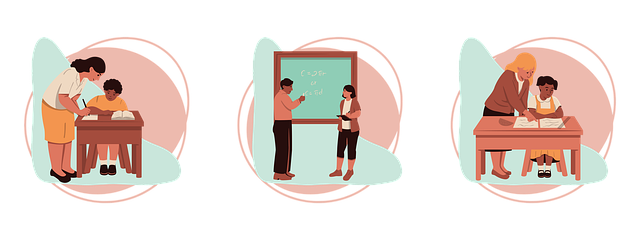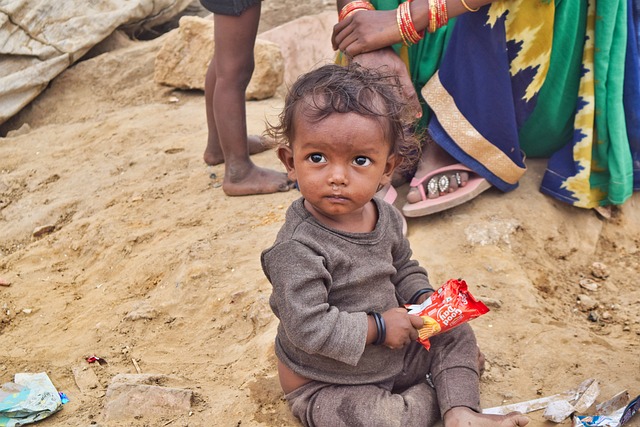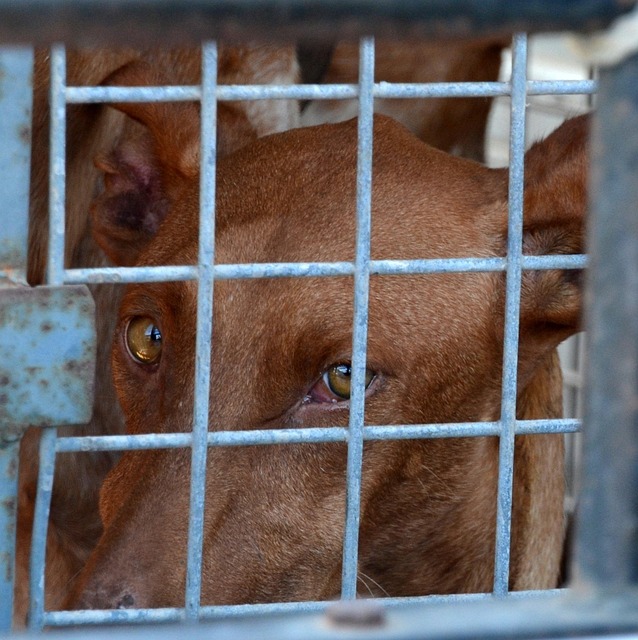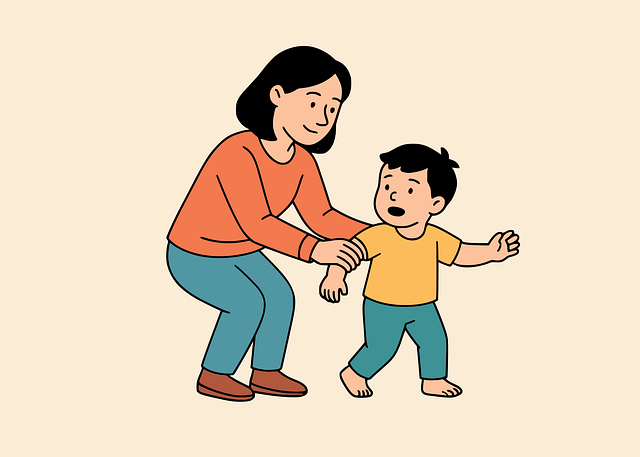Oregon's child welfare system prioritizes family connections and protection through DHS-coordinated services including foster care, adoption, therapy, and counseling. Advocacy initiatives transform child welfare by raising awareness, educating the public, and driving policy changes to prevent neglect and abuse. These efforts create supportive environments, empower families, and ensure access to quality education, healthcare, and safe living for vulnerable children and families, breaking trauma and poverty cycles.
In Oregon, navigating child welfare advocacy is crucial for ensuring the well-being of vulnerable children and families. This comprehensive guide delves into the state’s intricate child welfare system, highlighting key advocacy initiatives that have made a tangible difference. From understanding the legal framework to supporting at-risk populations, we explore strategies to strengthen and optimize the delivery of services. By fostering effective advocacy, Oregon continues to build a more resilient and supportive environment for its youngest members.
- Understanding Oregon's Child Welfare System
- Advocacy Initiatives: Making a Difference
- Supporting Vulnerable Children and Families
Understanding Oregon's Child Welfare System

Oregon’s child welfare system is designed to protect and support vulnerable children and families, with a focus on maintaining family connections whenever possible. The state’s Department of Human Services (DHS) plays a pivotal role in coordinating services and advocacy initiatives for at-risk youth. Key components include comprehensive assessment, case management, and a range of interventions tailored to individual needs.
Understanding the intricate web of services available is essential for effective child welfare advocacy. Oregon offers various programs aimed at prevention, intervention, and long-term support, from foster care and adoption services to therapy and family counseling. By staying informed about these resources and collaborating with DHS and local community organizations, advocates can ensure that children and families receive the necessary tools to thrive.
Advocacy Initiatives: Making a Difference

Advocacy initiatives play a pivotal role in shaping the future of child welfare in Oregon. Through dedicated efforts, community organizations and passionate individuals are making significant strides in ensuring the well-being and protection of vulnerable children. These initiatives focus on raising awareness, educating the public, and advocating for policy changes that can prevent neglect and abuse while promoting sustainable support systems.
By organizing awareness campaigns, hosting educational workshops, and mobilizing communities, advocates create a supportive environment where every child’s needs are recognized and addressed promptly. Their relentless pursuit of justice ensures that government bodies and service providers prioritize prevention, intervention, and long-term care for at-risk youth. These advocacy initiatives not only drive systemic change but also empower families, fostering resilience and hope for a brighter future.
Supporting Vulnerable Children and Families

In Oregon, supporting vulnerable children and families is at the heart of many advocacy initiatives within the child welfare system. These efforts aim to provide comprehensive care and resources for those facing challenges such as abuse, neglect, or poverty. By fostering a network of support, advocacy groups work tirelessly to ensure that children have access to quality education, healthcare, and safe living environments.
Through various programs and partnerships, these initiatives focus on empowering families with the tools needed to overcome adversity. This includes offering counseling services, financial assistance, and educational programs designed to break cycles of trauma and poverty. By advocating for policy changes and increased funding, child welfare advocates strive to strengthen family units and create a more nurturing environment for Oregon’s most vulnerable populations.






